…and in Croatia. Continuing our series on Hollywood classics filmed in these parts, a tribute to the legendary actor and director who had quite a memorable relationship with our country
Orson Welles, widely known as the brilliant mind behind Citizen Kane (and its leading man), needs no special introduction. His connection to Croatia, however, calls for its own feature, as the famous director is tied to no less than three major destinations in these parts: Zagreb, Split, and Hvar.
Let’s start with the capital, the city that used to attract countless directors and actors owing to attractive filming locations, affordable venues and reasonably priced hotels. We’ve already mentioned that Jadran film, the most distinguished studio in this part of Europe from the 60s to the 90s, took part in a total of 146 foreign film productions during its golden age. Due to the prestigious reputation of the local film industry, international film makers were flocking to Zagreb and all other parts of the country, with Welles being one of the most famous names in the line of major Hollywood players.
At the end of the 50s, Welles was still mostly known as an actor, and one of the projects he participated in took him to Croatia. The Battle of Austerlitz, the war drama directed by Abel Gance, was filmed in the wider Zagreb area in 1960; seeing that Welles played the inventor Robert Fulton in the film, he got well acquainted with the urban landscape of the Croatian capital. When he was offered the opportunity to direct The Trial, an adaptation of Kafka’s cult novel filmed in 1962, Welles didn’t waste too much time musing on the host city. To this day, The Trial holds the title of the most renowned motion picture ever filmed in Zagreb.
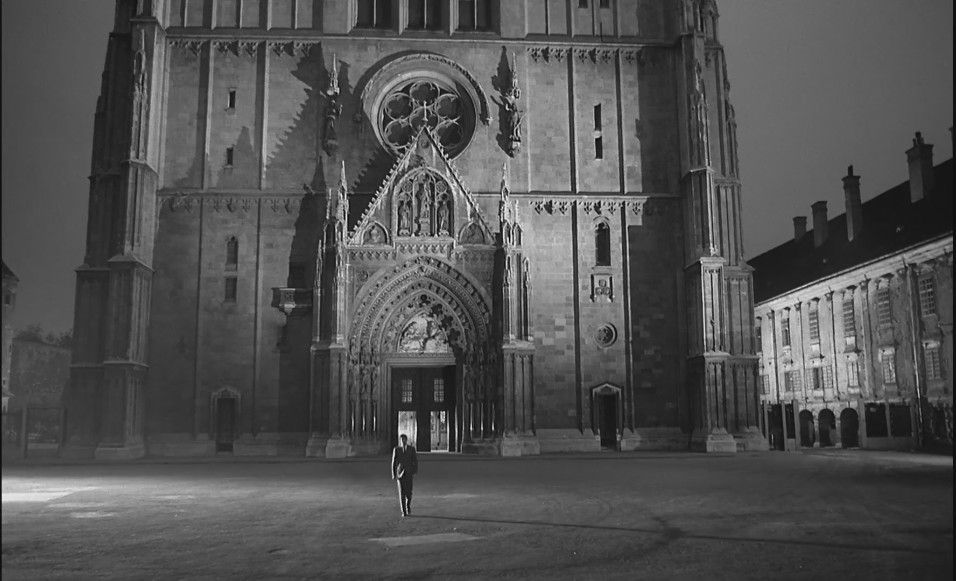
Welles was inspired both by the historic scenery in the Lower Town and modern architecture built in the 20th century, leading to The Trial featuring familiar landmarks such as the cathedral and the Croatian National Theatre, but also the latest architectural masterpieces such as the Public Open University on Vukovarska street, built in 1961. The biggest undertaking in regards to the filming process in Zagreb was building a customised set at the Zagreb Fair to create an office with 850 desks – and 850 extras typing away.
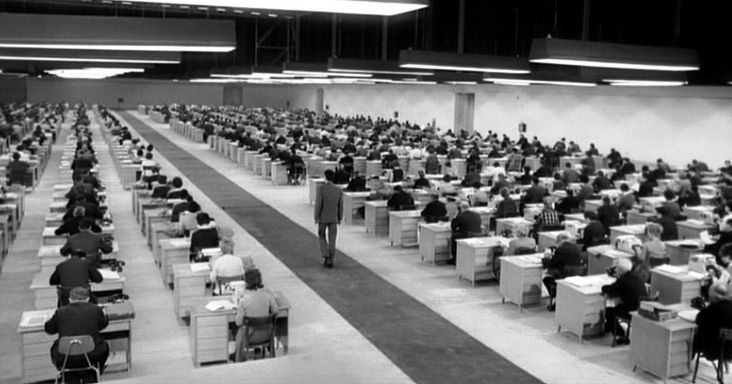
The legendary director interpreted Kafka’s novel as “a combination of an unimaginably sterile future and an incredibly dusty accumulation of tradition established by bureaucrats so they could carry on living their monstrous lives to eternity”, finding Zagreb to be a very enticing environment to set the story in. Not so sure about the sterile future, but we’d all have a thing or two to say regarding those bureaucrats.
Moving on further south, a look to Hvar. No one in their right mind would be able to resist what’s considered to be one of the most beautiful islands in Croatia – especially not a man whose vocation called for an eye for aesthetics. Welles thus travelled to Hvar in 1967 to film The Deep, a drama which he never got to finish, starring Jeanne Moreau and Croatian actress and sculptor Oja Kodar. Some of the scenes were filmed on a boat named Saracen, where Nicholas Tikhomiroff took the following photos:
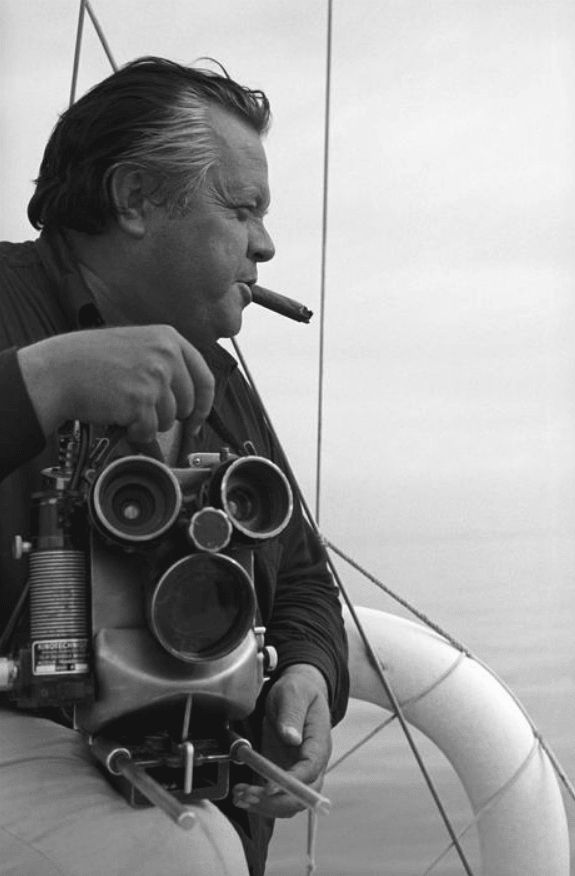
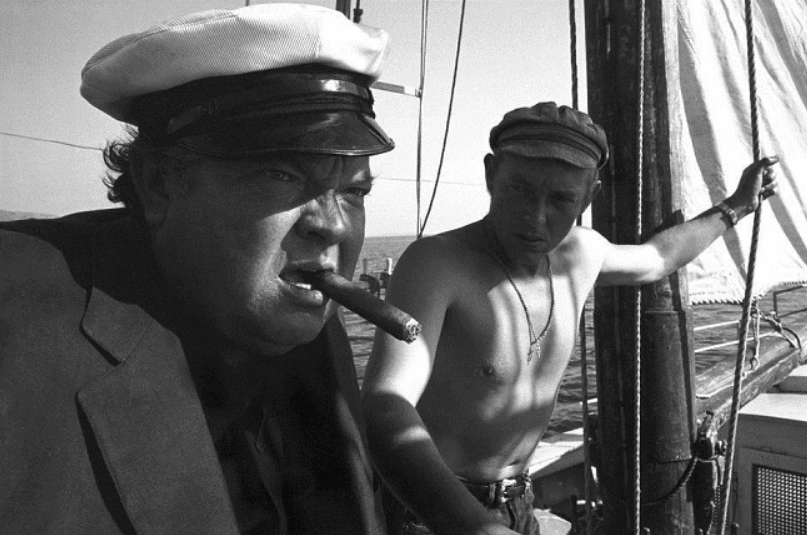
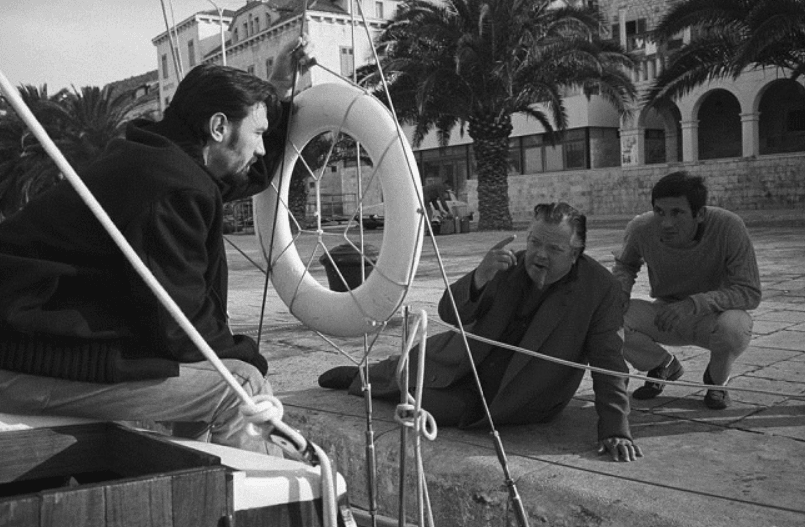
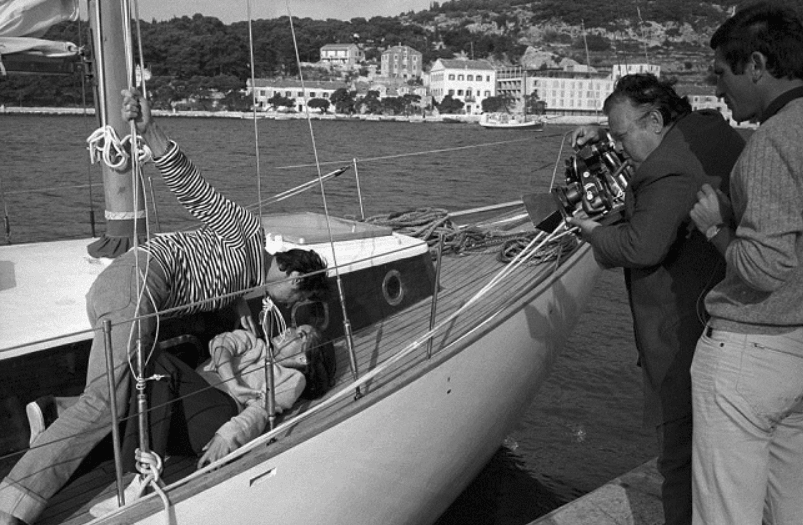
Speaking of Oja Kodar, the artist from Zagreb first met Welles in 1960. Along the way, the two developed an intimate relationship, and Kodar became his muse and companion in the last years of his life. Which brings us to Split: part of The Deep was filmed in the Dalmatian tourist hotspot, and Welles was otherwise known to visit the city a lot. When the Croatian entrepreneur and former mayor of Split Željko Kerum built the Joker Centre in 2007, he commissioned a statue from Kodar to pay tribute to the late director who grew to become one of the icons of Split’s history. A bronze Orson was thus installed in front of the shopping mall…
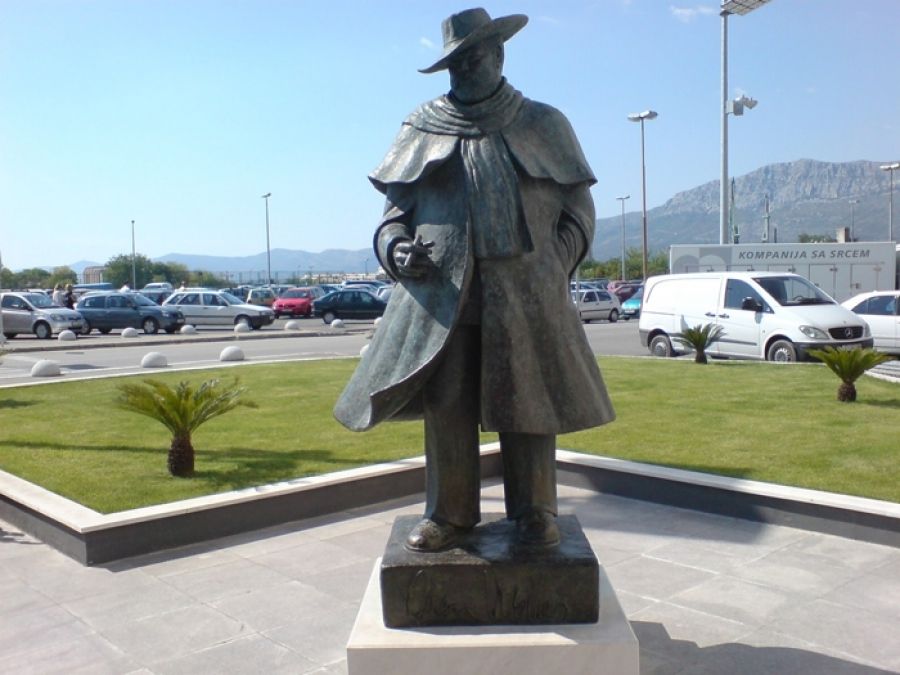
…losing some of his dignity as soon as summer rolled around, as the owner of a nearby café thought the comfort of his guests to be more important than the Hollywood director.
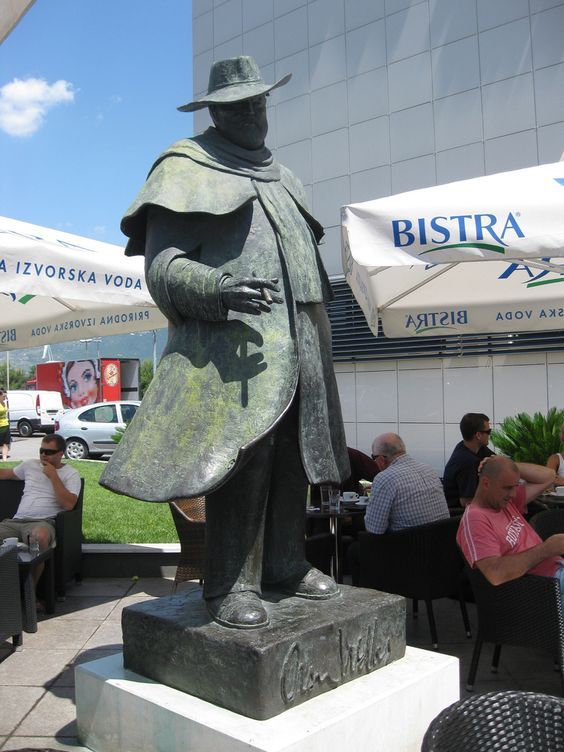
Us Croats might be known for our coffee culture, but where priorities are considered, coffee comes first.








